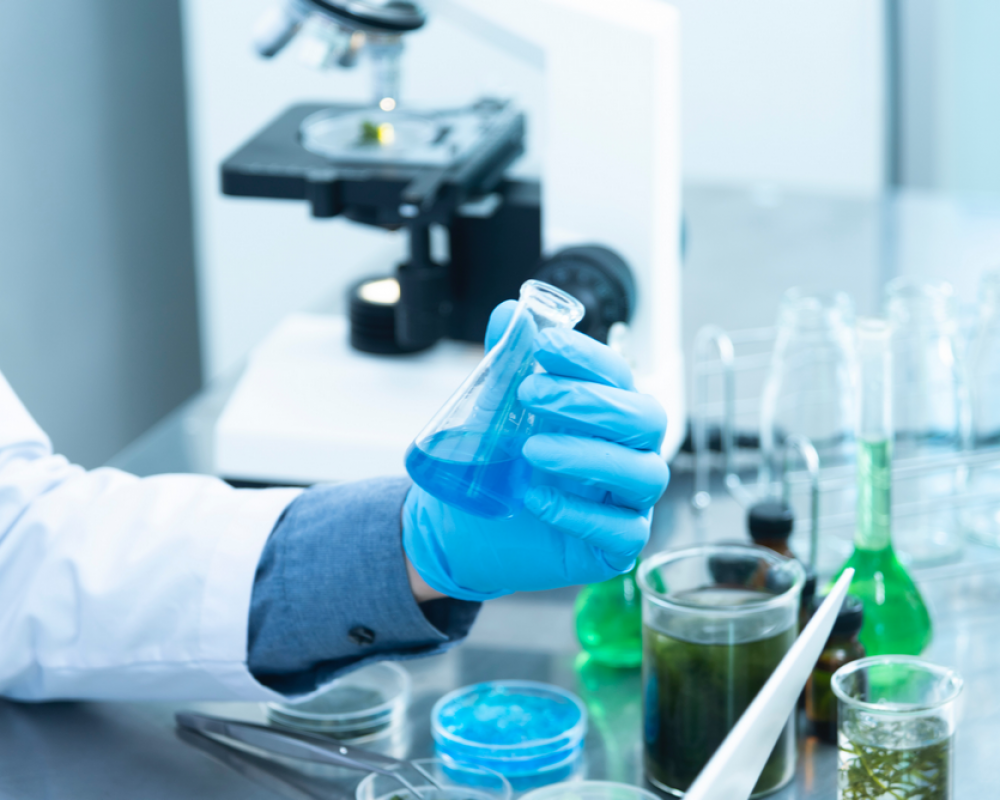
New carbonaceous bio-based material for a variety of applications
Green Chemistry Centre of Excellence (GCCE) at the University of York developed a patented carbonaceous bio-based material named Starbon® with tuneable surfaces and bulk properties that can be used in variety of applications.
Starbon® outperforms conventional activated carbon
Starbon® is produced from naturally abundant, non-toxic and biodegradable plant polymers including starch derived from waste biomass (potato peelings, waste maize or wheat), alginate from seaweed and pectin from orange peel. The inventors optimised the process of producing Starbon® utilising a natural property of starch to self-assemble into organised and largely mesoporous (2 to 50 nm) structure. The mesoporous structure, characteristic to Starbons, can be achieved with an activated carbon, but the process uses synthetic organic polymer precursors derived from petroleum which makes preparation process not environmentally sustainable. Starbons can be tuned to produce functionalised materials, outperforming the conventional activated carbon in applications such as desorption for recovery of e.g. high value compounds, separation, trapping, storage and catalysis.
In the last few years, Biorenewables Development Centre (BDC) has been working collaboratively with the GCCE and their spin-out company, Starbon® Technologies to optimise and scale up a manufacturing process of Starbon® material.
The BDC has allowed Starbon Technologies to take very interesting and promising research from a lab setting towards commercial scale applications. The role of the BDC has been essential in helping us bridge the gap from producing grams of product to kilograms of product, from invention to innovation, Dr Rob McElroy, Director, Starbon® Technologies
The flexible properties of Starbon® material and its sustainable manufacturing process have attracted attention of a producer of medical devices used in ostomy care products. A privately-owned company and the winner of the Queen’s Award for Innovation and International Trade Trio Healthcare has been working with the GCCE and BDC chemists on a novel range of materials using Starbon technology with superior absorption properties that would expand their ostomy product portfolio. Through the ERDF capital grant BDC was also asked to examine a quality the Trio’s new innovative product and provide an independent quality assurance audit. This work helped Trio Healthcare to obtain invaluable list of observations and process recommendations to obtain high-quality, product void of microbial burden.
Our relationship with Trio has been vital in giving us a niche healthcare application in which to prove Starbon® Technologies both in function and scalability. Through the BDC we have been able to achieve this. Dr Rob McElroy , Director, Starbon® Technologies.
Stewart Lee – Technical Director with Trio commented: We are always looking to develop new & innovative products for Ostomy Care, the collaboration with York University and the BDC has been very successful and our Trio Pearls® product continues to gain traction in the market.


The family of Starbon® materials reduce our dependence on petroleum-based materials in applications such as catalysis, environmental remediation and nanotechnology. The GCCE and BDC scale-up trials have demonstrated the outstanding performance of this bio-based material and the collaborations established around Starbons will continue to extend their usage.
Starbon® can be made from potato peelings, waste maize, wheat, seaweed or orange peel
Starbon® has a largely mesoporous (2 to 50 nm) structure
Starbon® outperforms conventional activated carbon in applications such as desorption for recovery of high value compounds
